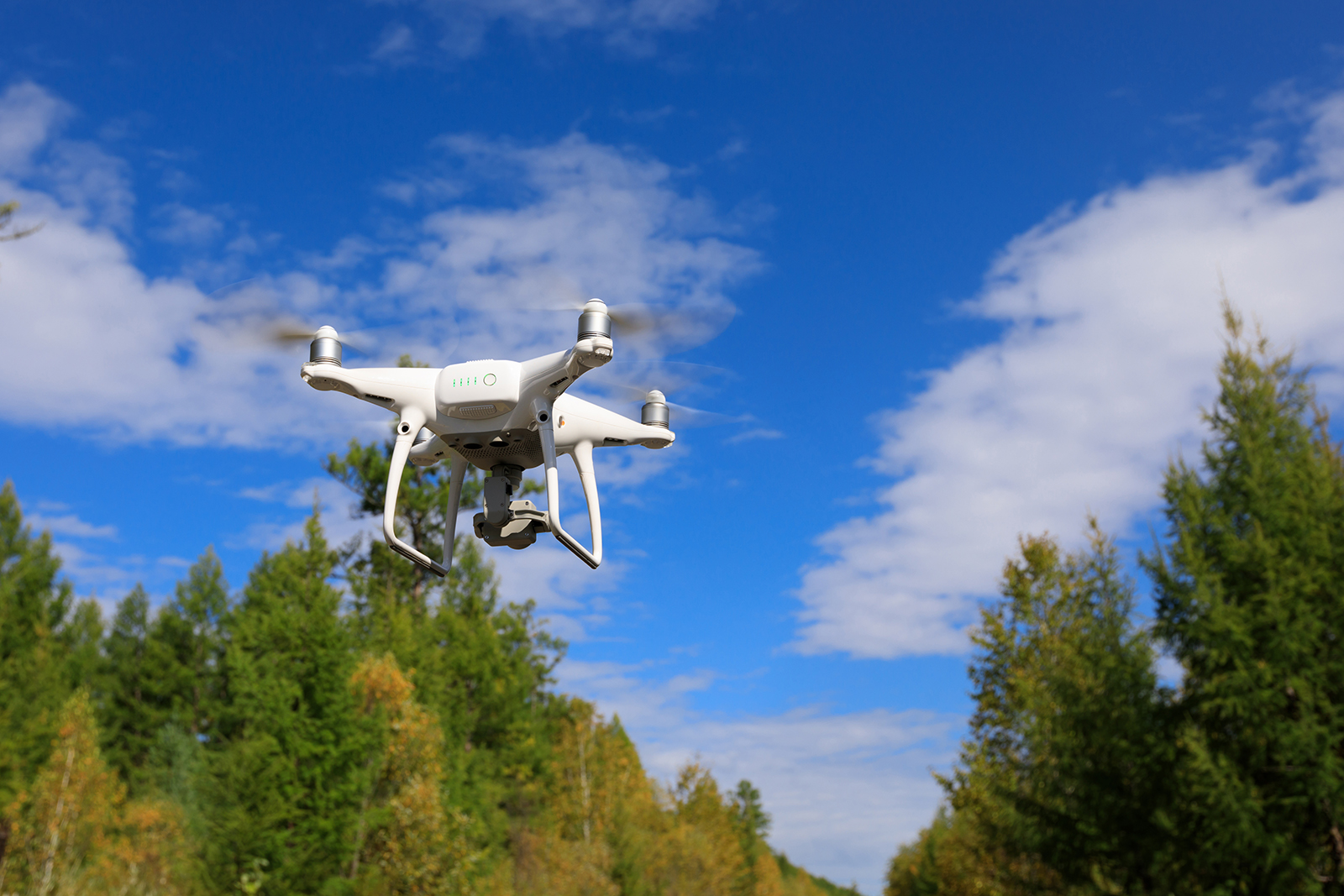
Drones are becoming an important tool in forest management. Students Janne Tuominen and Mikko Riimala realized they could use a drone to help spare the nests of birds of prey.
Janne Tuominen and Mikko Riimala both study forestry at the Tampere University of Applied Sciences (TAMK). Their idea won the FinDrones 2023 innovation competition. The idea was born during a course on forest biodiversity, which included an excursion to see an osprey’s nest.
Located at the top of a tree, the nest was difficult to notice from below. Tuominen and Riimala began to ponder whether the nests, as well as trees that would be suitable for nesting, could be better detected with a drone. Information about the nests of raptors, such as the osprey and the white-tailed eagle, could be useful when planning fellings and other forestry operations.
’The images taken from a drone made us both realise that the canopies of trees suitable for raptors’ nests can be identified really easily. So that became our competition entry,’ says Tuominen in a media release by TAMK.
The FinDrones 2023 innovation competition was organised by the Oulu University of Applied Sciences. Among other things, the competition jury stated on Tuominen and Riimala’s entry that there was a clear need for the idea.
The winning pair want to emphasise that the idea is easy to put into practice. Drones are fairly cheap by now, so getting one is not a huge investment for forest professionals or forest owners.
The Tampere University of Applied Sciences offers forestry students an optional course on the use of drones in forest planning and forest management.
’In the future, drones will be important in forest management, not just for locating raptor nests, but also more widely in forest planning,’ says Tuominen.
